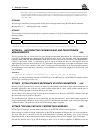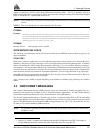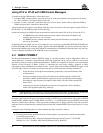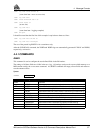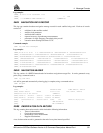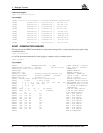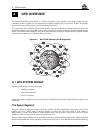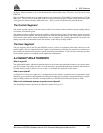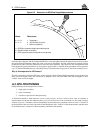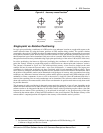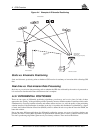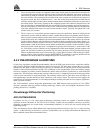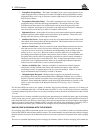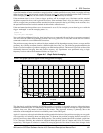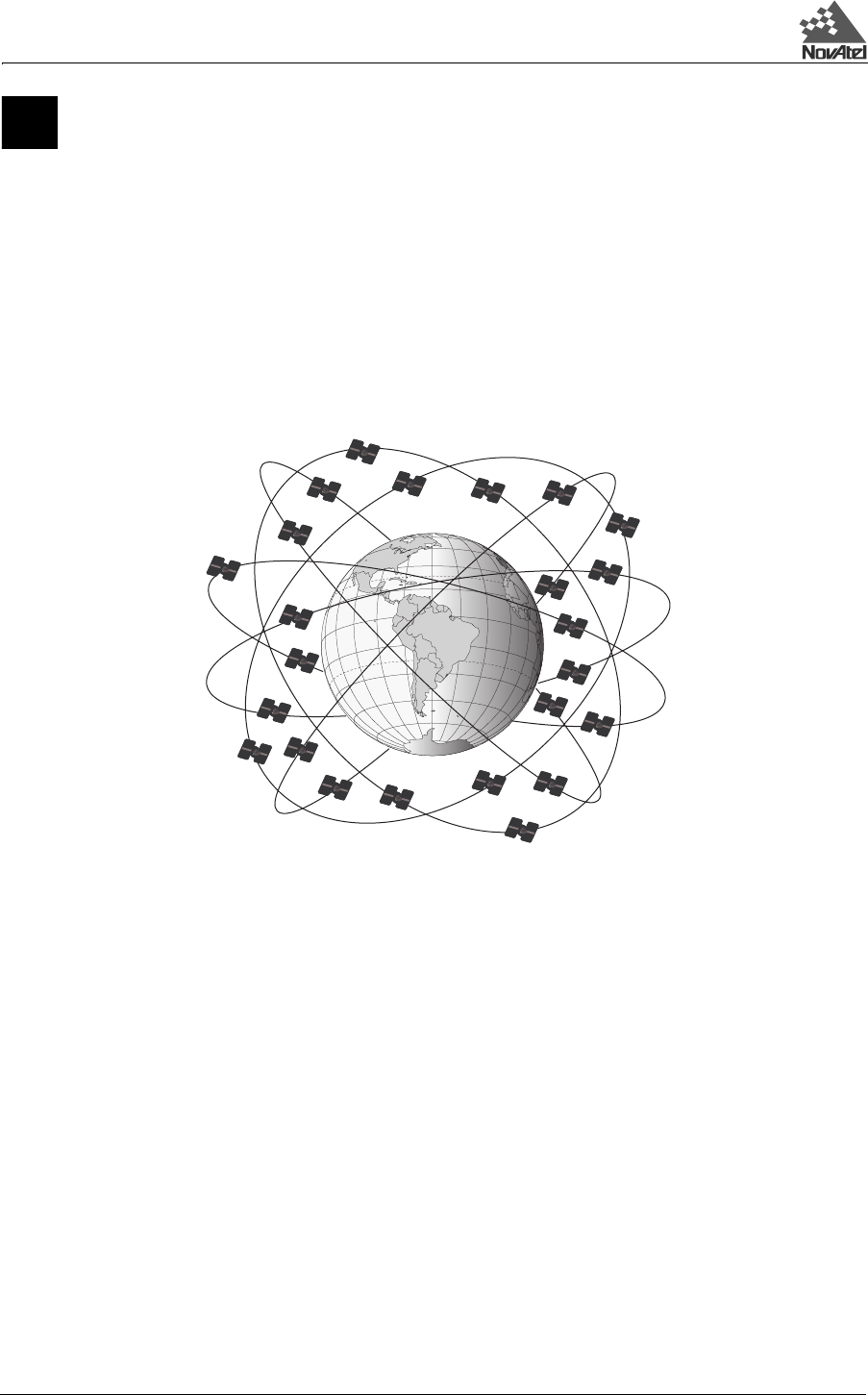
A GPS Overview
62 MiLLennium GPSCard Software Version 4.50 Command Descriptions Manual Rev 1
A GPS OVERVIEW
The Global Positioning System (GPS) is a satellite navigation system capable of providing a highly accurate,
continuous global navigation service independent of other positioning aids.
GPS provides 24-hour, all-weather,
worldwide coverage with position, velocity and timing information.
The system uses the NAVSTAR (NAVigation Satellite Timing And Ranging) satellites which consists of 24
operational satellites to provide a GPS receiver with a six to twelve-satellite coverage at all times depending on the
model. A minimum of four satellites in view allows the GPSCard to compute its current latitude, longitude, altitude
with reference to mean sea level and the GPS system time.
Figure A-1 NAVSTAR Satellite Orbit Arrangement
A.1 GPS SYSTEM DESIGN
The GPS system design consists of three parts:
• The Space segment
• The Control segment
• The User segment
All these parts operate together to provide accurate three dimensional positioning, timing and velocity data to users
worldwide.
The Space Segment
The space segment is composed of the NAVSTAR GPS satellites. The final constellation of the system consists of 24
satellites in six 55° orbital planes, with four satellites in each plane. The orbit period of each satellite is
approximately 12 hours at an altitude of 10,898 nautical miles. This provides a
GPS receiver with six to twelve
satellites in view from any point on earth, at any particular time.
The
GPS satellite signal identifies the satellite and provides the positioning, timing, ranging data, satellite status and
the corrected ephemerides (orbit parameters) of the satellite to the users. The satellites can be identified either by
A GPS OVERVIEW



